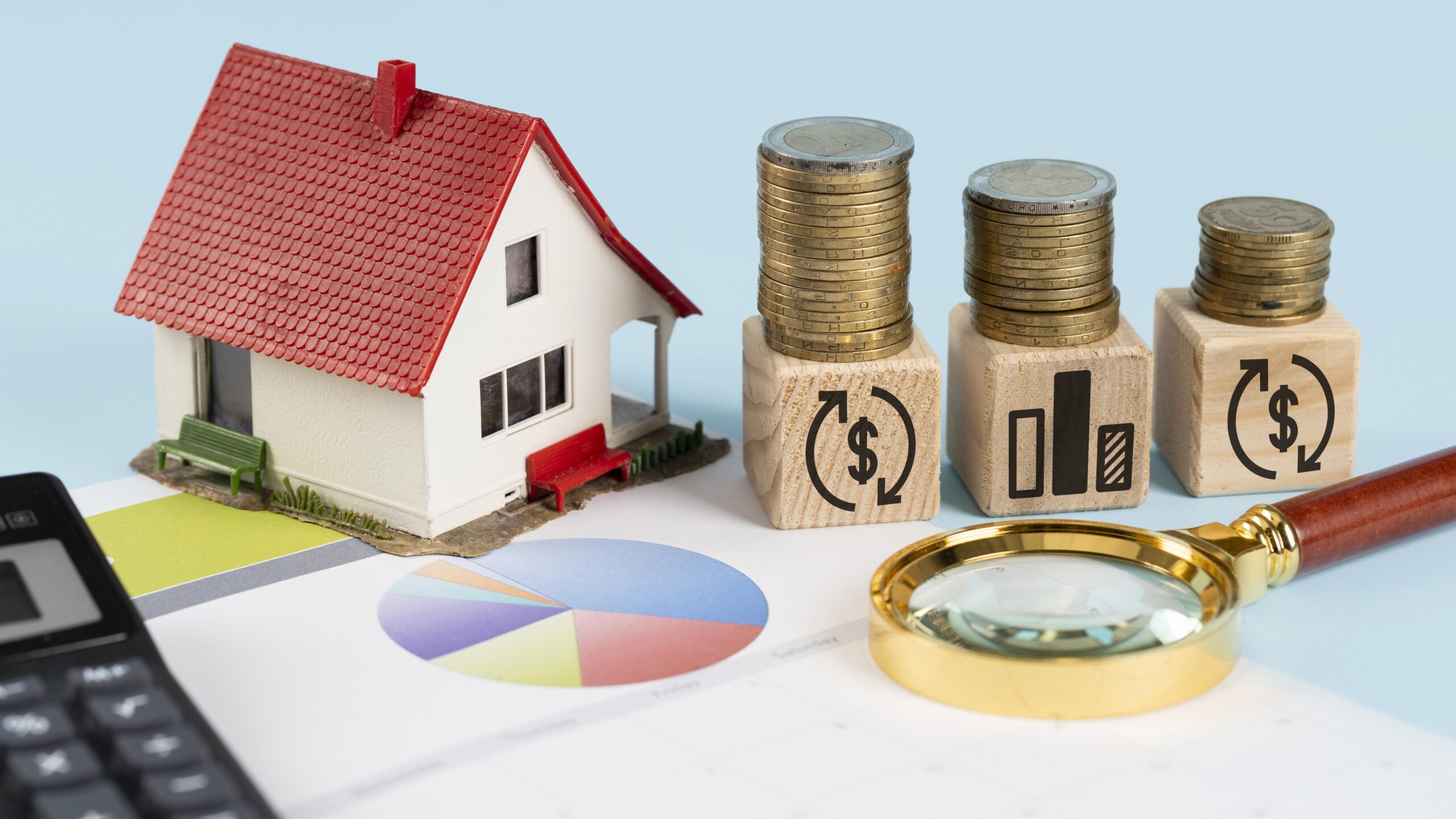When buying a home in the USA, one of the most significant decisions you’ll face is choosing between a fixed-rate mortgage (FRM) and an adjustable-rate mortgage (ARM). Both options have their advantages and disadvantages, and the best choice depends on your financial situation, long-term goals, and risk tolerance. Let’s break down these two popular mortgage types to help you make an informed decision.
Understanding Fixed-Rate Mortgages (FRMs)
A fixed-rate mortgage is one where the interest rate remains constant throughout the loan term. Whether it’s a 15-year or 30-year mortgage, your monthly principal and interest payments stay the same, regardless of market fluctuations.
Advantages of Fixed-Rate Mortgages
- Predictability: With a fixed-rate mortgage, you’ll always know how much you need to pay every month, making it easier to budget.
- Protection from Interest Rate Hikes: If market rates rise significantly, your fixed rate remains unchanged, which can save you money over time.
- Stability: Fixed-rate mortgages are ideal for those planning to stay in their home for a long time and prefer financial stability.
Disadvantages of Fixed-Rate Mortgages
- Higher Initial Rates: Fixed-rate mortgages usually have higher interest rates than ARMs initially, which could result in larger monthly payments.
- Limited Benefit from Falling Rates: If market interest rates drop significantly, you’re stuck with your original rate unless you refinance, which can involve additional costs.
Understanding Adjustable-Rate Mortgages (ARMs)
An adjustable-rate mortgage has an interest rate that changes periodically after an initial fixed period. For example, a 5/1 ARM has a fixed rate for the first five years, followed by annual rate adjustments.
Advantages of Adjustable-Rate Mortgages
- Lower Initial Rates: ARMs often start with lower interest rates compared to fixed-rate mortgages, making them attractive to buyers looking to save in the short term.
- Potential Savings: If interest rates remain low or decline, your monthly payments could decrease over time.
- Short-Term Flexibility: ARMs are ideal for those who plan to sell or refinance their home before the fixed-rate period ends.
Disadvantages of Adjustable-Rate Mortgages
- Uncertainty: After the fixed period, your rate could increase significantly, leading to higher monthly payments.
- Complexity: ARMs come with caps, margins, and indexes, which can be confusing for borrowers.
- Risk of Payment Shock: If rates rise dramatically, you may face a sudden and substantial increase in your mortgage payment.
Key Factors to Consider When Choosing Between FRMs and ARMs
- Your Financial Goals If you plan to stay in your home for a long time and value stability, a fixed-rate mortgage may be the better choice. However, if you’re buying a starter home or expect to move within a few years, an ARM might save you money.
- Current Interest Rates When rates are historically low, locking in a fixed-rate mortgage can be a wise move. Conversely, if rates are high but expected to decline, an ARM could offer lower payments in the future.
- Risk Tolerance Are you comfortable with the possibility of your payments increasing? If not, the predictability of a fixed-rate mortgage might suit you better. If you’re willing to take on some risk for potential savings, an ARM could work in your favor.
- Market Conditions Economic factors like inflation, Federal Reserve policies, and overall market trends can influence interest rates. Analyzing these conditions can help you make a more informed decision.
Real-Life Scenarios
Scenario 1: Long-Term Stability Sarah and Mark are first-time homebuyers who plan to live in their new house for at least 20 years. They value stability and don’t want to worry about fluctuating payments. A 30-year fixed-rate mortgage offers them peace of mind, even though their initial payments are higher than an ARM would have been.
Scenario 2: Short-Term Savings Tom is a young professional planning to relocate in five years. He opts for a 5/1 ARM because it provides a lower interest rate during the time he’ll own the property. This allows him to save on monthly payments and invest the difference elsewhere.
Scenario 3: Risk vs. Reward Lisa wants to take advantage of low initial rates but is concerned about potential rate hikes. She chooses a 7/1 ARM with rate caps that limit how much her payments can increase annually and over the life of the loan. This compromise gives her some savings upfront while managing future risks.
Pros and Cons at a Glance
| Feature | Fixed-Rate Mortgage | Adjustable-Rate Mortgage |
|---|---|---|
| Initial Interest Rate | Higher | Lower |
| Monthly Payment Stability | Fixed | Variable after the initial period |
| Best For | Long-term homeowners | Short-term or risk-tolerant buyers |
| Protection Against Rising Rates | Yes | No |
| Benefit from Falling Rates | No (unless refinanced) | Yes |
Making the Right Choice
There isn’t a one-size-fits-all answer to the fixed vs. adjustable-rate mortgage debate. The right choice depends on your unique circumstances, including your financial goals, the time you plan to stay in the home, and your willingness to take on risk. It’s essential to compare offers from multiple lenders, understand the terms of each loan, and consult with a mortgage professional to ensure you’re making the best decision for your situation.
Conclusion
Choosing between a fixed-rate and adjustable-rate mortgage is a critical step in the homebuying process. Fixed-rate mortgages offer stability and predictability, making them ideal for long-term homeowners. Adjustable-rate mortgages provide lower initial rates and potential savings, which can benefit short-term buyers or those comfortable with some risk. By understanding the pros and cons of each option and evaluating your financial situation, you can confidently select the mortgage that aligns with your needs and goals.
